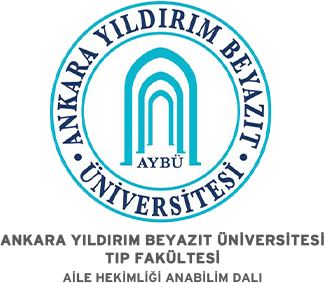Predictors of Early-Onset Overt Hypothyroidism in Hyperthyroid Patients Treated with Radioiodine
Nazım Coşkun1, Elif Özdemir21Department of Nuclear Medicine, Ankara City Hospital, Ankara, Turkey2Department of Nuclear Medicine, Ankara Yildirim Beyazit University, Ankara, Turkey
INTRODUCTION: Radioiodine (RAI) treatment with iodine-131 is a safe and effective approach that is widely used for treating hyperthyroidism. Although euthyroidism is the optimal outcome of this treatment, some patients will eventually develop hypothyroidism requiring hormone replacement. In this context, we aimed to investigate the predictive factors for early-onset overt hypothyroidism developing within two months after the RAI treatment.
METHODS: All hyperthyroid patients treated with RAI between March 2019 and March 2022 were screened retrospectively. Patients with thyroid function tests within two months after the treatment were included in the final analyses. Baseline clinical characteristics, including pre-treatment imaging modalities and laboratory tests, were retrieved from the institutional database. Predictors of early-onset overt hypothyroidism were determined with a multivariable logistic regression model.
RESULTS: Seventy-two patients (44% female, median age 42 years) were included in the study. Twenty-four patients (33.3%) developed overt hypothyroidism within two months after the treatment. Multivariable logistic regression analysis revealed that the appearance of a diffuse goiter in ultrasound (OR= 4.33, 95% CI= 1.1516.28, p= 0.030) and the dose of RAI per thyroid volume (OR= 4.30, 95% CI= 1.3813.45, p= 0.012) were independently associated with the risk of early-onset hypothyroidism after RAI treatment.
DISCUSSION AND CONCLUSION: The RAI dose per thyroid volume and the appearance of a diffuse goiter in ultrasound were significantly associated with an increased risk of early-onset overt hypothyroidism after RAI treatment. If validated in larger cohorts, these parameters could have a role in predicting the need for early hormone replacement in hyperthyroid patients treated with RAI.
Manuscript Language: English
(551 downloaded)





